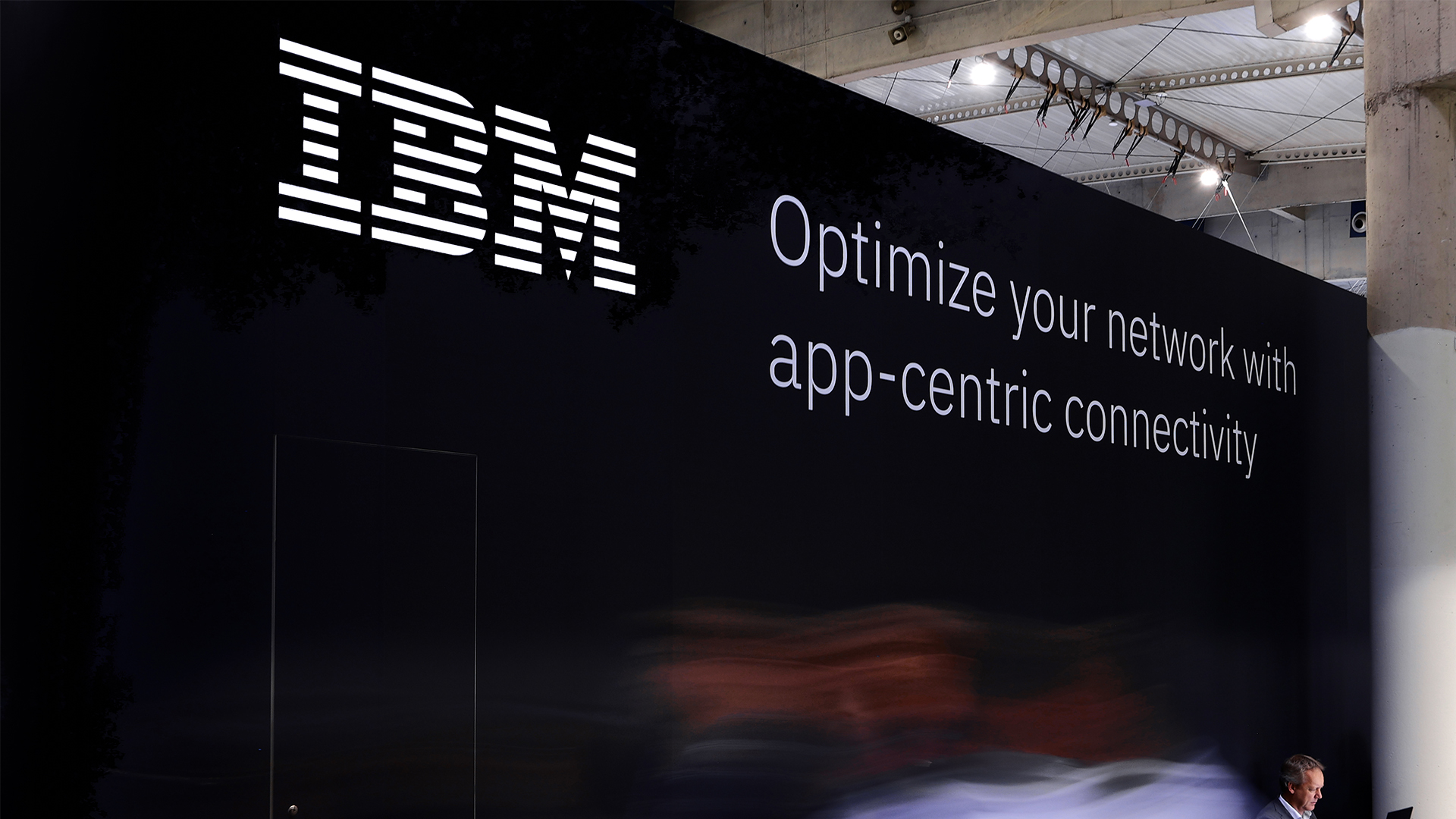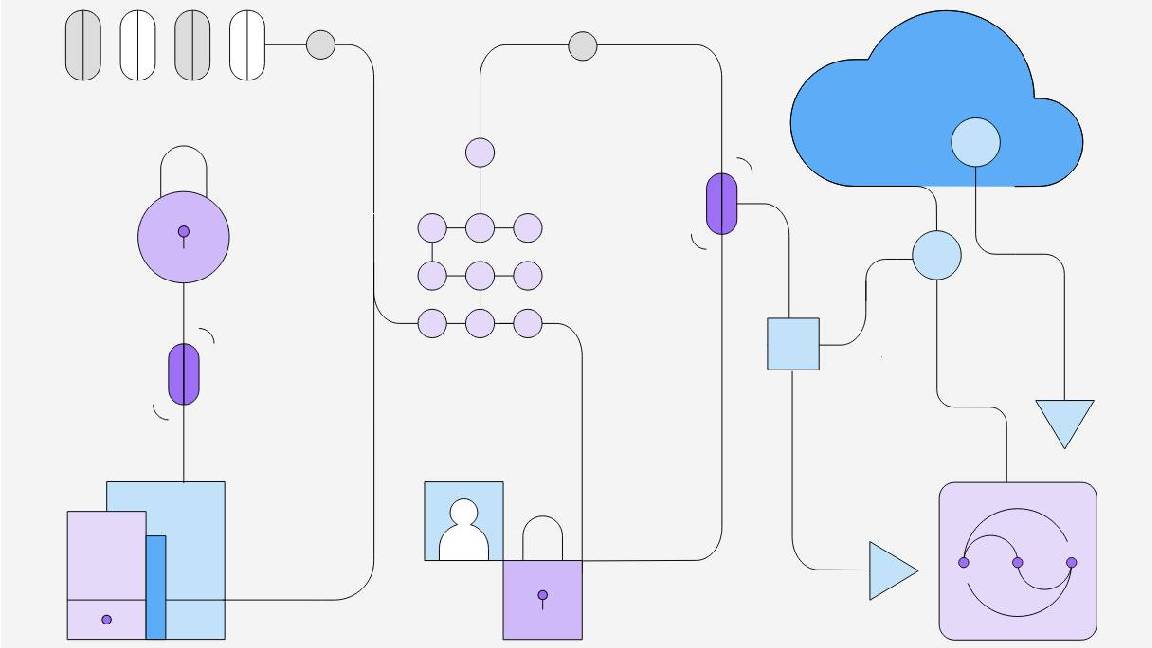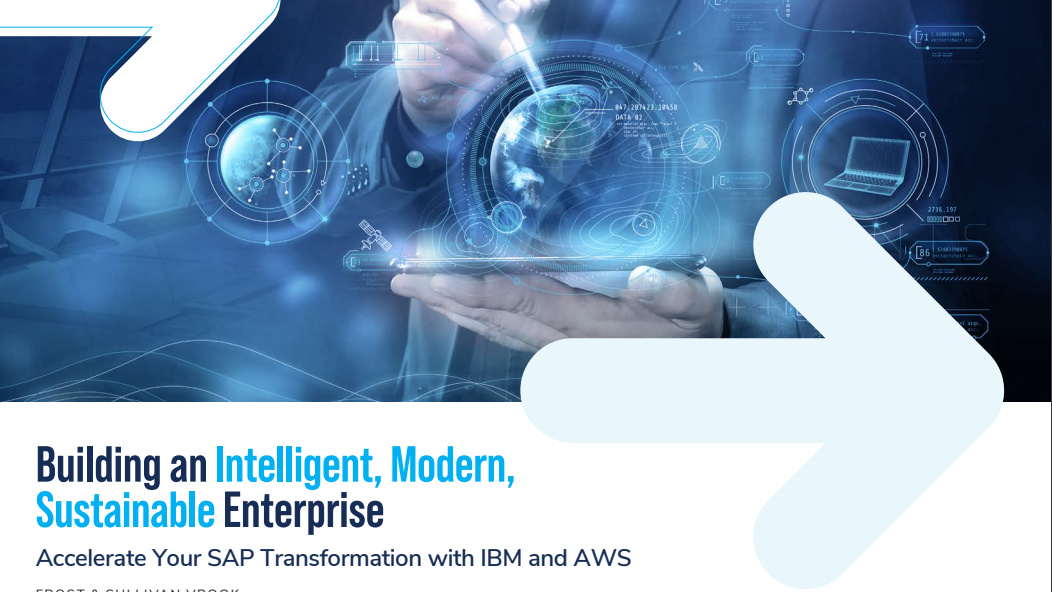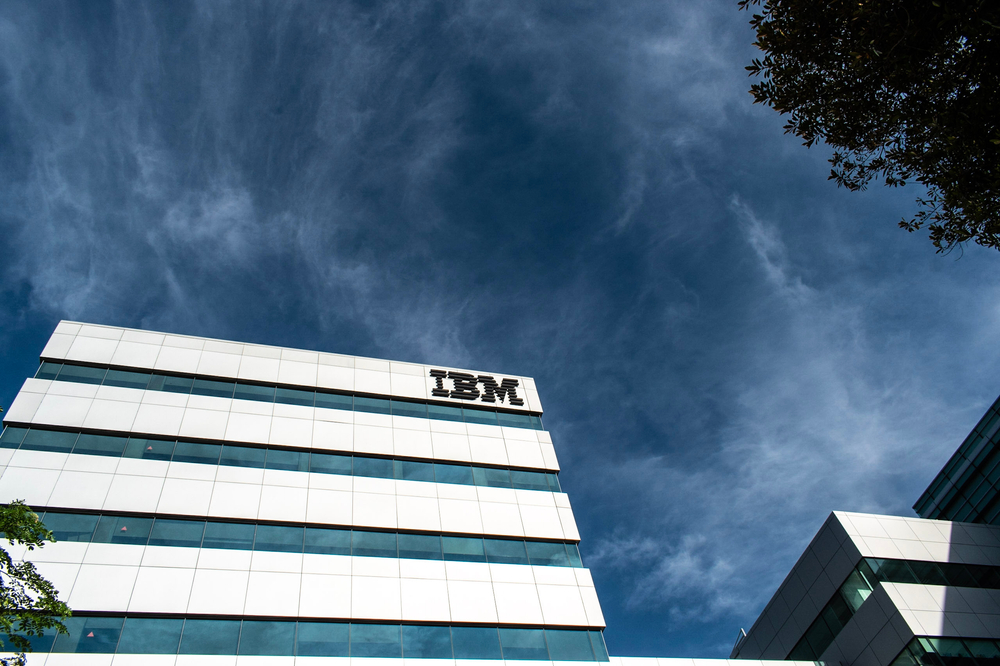IBM Impact 2012: Scott Hebner, IBM
IT Pro spoke to Scott Hebner, vice president of business infrastructure management and cloud at IBM, about the company's vision for the cloud and how hybrid will will win out over public or private in the future.


Can you describe IBM's cloud strategy in three words?
Beyond virtualisation.
The other part is it's highly business or client driven. It's not a technology phenomenon, it's real business driving it, real experiences people are having.
How would you define the state of play for cloud at present?
This whole transformation we're seeing right unfold now is another one of these major inflection points in the industry. In some ways you can liken it to two previous ones.
If we don't standardise as an industry we're not going to get the full potential of cloud computing.
We went through the world of centralised computing to client/server and distributed back in the early 1990s. That fundamentally transformed how businesses used technology and delivered tremendous results.
Get the ITPro daily newsletter
Sign up today and you will receive a free copy of our Future Focus 2025 report - the leading guidance on AI, cybersecurity and other IT challenges as per 700+ senior executives
Then we went through another [inflection point] in the early 2000 timeframe with the move to ebusiness and the web. We look back now over the last decade and, clearly, the web has businesses again. A significant amount of new business value has been obtained not to mention how it has transformed all of our lives.
In many ways I think cloud is that next big thing. You're seeing a rapid movement towards standardizing and the ability to deliver and provision IT services.
Many surveys have come out recently from different vendors and researchers. They're suggesting that 80-90 per cent of clients are moving to the cloud over the next couple of years. IDG just came out with one with 1,700 participants and that said 100 per cent of them are moving to the cloud over the next three years, with 83 per cent of them doing so in the next 12 months.
It all starts with the move to virtualising the infrastructure, which is really about cost savings. How do you save money because the economics of IT have got to a point now where it has to change.
If you look at our Smarter Planet, everything's instrumented, interconnected, more and more intelligent That is driving the need to be able to innovate to be successful. But you can't innovate if you don't have the money. And with IT budgets being consumed some 70 per cent by maintenance, there's not a lot of money left over to drive innovation.
Virtualisation gives you that first step to save the money so you can then reinvest.
Some people confuse virtualisation as being cloud. What's the IBM view?
Virtualisation is a necessary step on the cloud roadmap but virtualisation is not cloud. You have to virtualise first as that consolidates everything and gives you that infrastructure capability to do more with less and to have more flexibility so you're seeing servers being virtualised, storage being virtualized, even switches in the network. This is driving the cost savings.
Our message has been beyond virtualisation. It's the higher value stages of cloud computing where the clients [get the] ability to have the agility [they crave]. It's the ability to radically speed the delivery of new services, applications, products and so forth.
Where we are now is clients are really making that move beyond virtualisation into the profound value elements of cloud computing.
How have perceptions changed are you spending less time now convincing customers about the cloud versus talking about implementation?
A year ago cloud was one of those things in the eye of the beholder. You talked to clients about cloud and they would have different views of what it meant. Some would equate cloud to virtualisation and consolidation and they would view its primary value as being reducing complexity of IT and saving money. Whereas others were thinking about it more from a business infrastructure perspective in terms of their users needing services much more quickly and if they don't do it in their IT environment, they're going to go to public cloud.
Others just see the model that we have with our TVs, our cars, our phones. You get new applications provisioned to you all the time. People are starting to get used to that model. The IT groups now need to start to emulate that.
There's now more and more of a coalescing around what cloud really means. Another really important element of this is standardisation. The web wouldn't have really worked too well and been such a transformational element if it wasn't for the standards. In many ways cloud is the same.
If we don't standardise as an industry we're not going to get the full potential of cloud computing. That's why IBM is so obsessed and focused on standards.
As a company, IBM seems very open to working with what would normally be competitors when it comes to standards. Do you think this approach is important?
Absolutely. We're doing it very differently. In the past, organisations usually started with vendors getting together and saying We have to standardise x, y and z.' What we've done over the last year is create a Cloud Standards Customer Council, headed up by Angel Diaz (See our Q&A with Angel here). We have about 400 customers that are part of that. They get together and define common use cases, challenges and patterns that then drive the standardisation efforts. It's very client centric.
That helps us get it right and helps the vendors understand what we need to do together to make it happen.
Do you think IBM is unique in this approach?
I think so. It really flips it. Standards efforts over the years gave always been client centric but it was the vendors interpreting in a more loose way what is needed. This is much more specific.
What comes form that is efforts we put into our standards and technologiess. From April of last year to now, with our SmartCloud platform, we've made tremendous progress around standards and consolidating different technologies and capabilities. We're very unique in having the full scope of platform, managed services and applications/solutions. It's all built on the same architecture and platform so you can mix and match as you see fit.
Will offerings like the virtual pattern kit help prove the cloud business case
It provides real examples of the value of cloud. In the old days you would have to get your own environment, provision it and manage it and then do pro and testing. The PureSystem announcement is another major step in our cloud statement. If PureSystem is the destination many clients want to get to, the journey is SmarCloud.
You can get the Smartcloud technology on its own private cloud environment.
Last April, we announced the managed service provision. In October we announced the Smartcloud foundation and Smartcloud solutions. Between October and Pulse we have talked a lot about open standards and now you see PureSystems, which is that destination point.
If you add that all together it's a pretty broad change in what we've been able to do. It used to be more difficult for clients to really understand what to use. It's solidifying what cloud's all about.
So this helps prove the cloud business case?
That's the whole idea and what I think is unique about our SmartCloud platform. If you want to move your IT environment and transfer it to a cloud environment, you can start to adopt cloud foundation technologies.
If you want to start experimenting with cloud and getting benefits but don't want to make the investment, but want to get and try it out, that's the managed services. If you don't want to have anything at all to do with IT you can go to Smart cloud solutions and get analytics, ecommerce and so forth. You can mix and match.
This notion of the hybrid cloud is going to be the reality. Public and private term will go away over time. That's just the way it's going to be. It's like how not too many people today talk about the intranet versus the internet. Technically they are different things but in everyday life it's a continuation of that.
In the future it will be rare to find a cloud environment that doesn't have both.
The business users are driving the public cloud as they want faster access. They want to get what they want much quicker and at a lower cost. That's then driving the IT groups to get their economics fixed, which drives tem into virtualisatuon and from there into cloud.
In most cases they will be able to pick the services they need. Just like everything, some will be unique to business, or some will be where you don't need to reinvent the wheel. The more clients that move to the notion of cloud, the more PureSystems will be a destination point as it helps bring it all together for them.
If we were to meet a year from now, what would you like to be talking about?
We'd want to be talking about workloads. A workload-aware cloud environment Clients want to get to this notion of utilities everything we expect on our phones.
A year from now we should have moved beyond virtualisation. It should be all about the cloud. It's a next step in the journey but not really where all the value is.
Today, there's still a degree of eye of the beholder' about what the cloud really is. As standardisation comes about and the cloud gets implemented in real products it will become clearer.
Conversely, what would you not like to be talking about?
Security. It's the number one per inhibitor. I think the reality is cloud environments are much more secure. You reduce the complexity and it's much easier to secure your network.
I think we can make a strong argument that businesses will be even more secure by moving to the cloud. That's one issue that would be great not to be talking about.
Maggie has been a journalist since 1999, starting her career as an editorial assistant on then-weekly magazine Computing, before working her way up to senior reporter level. In 2006, just weeks before ITPro was launched, Maggie joined Dennis Publishing as a reporter. Having worked her way up to editor of ITPro, she was appointed group editor of CloudPro and ITPro in April 2012. She became the editorial director and took responsibility for ChannelPro, in 2016.
Her areas of particular interest, aside from cloud, include management and C-level issues, the business value of technology, green and environmental issues and careers to name but a few.
-
 IBM and SAP expand partnership to drive generative AI capabilities
IBM and SAP expand partnership to drive generative AI capabilitiesNews The new Value Generation initiative aims to deliver greater client productivity gains through generative AI solutions
By Daniel Todd
-
 Driving business innovation through application modernization and hybrid cloud
Driving business innovation through application modernization and hybrid cloudwebinar Transform with IBM Z
By ITPro
-
 Building an intelligent, modern, sustainable enterprise
Building an intelligent, modern, sustainable enterpriseWhitepaper Accelerate your SAP transformation with IBM and AWS
By ITPro
-
 Tangible business value from cloud transformation remains elusive
Tangible business value from cloud transformation remains elusiveWhitepaper Discover the top five secrets to mastering cloud for business
By ITPro
-
 Cloud-enabled manufacturing
Cloud-enabled manufacturingWhitepaper Operations and IT leaders turn ambition into advantage
By ITPro
-
 DCIG: Top five enterprise Storage as A Service solutions
DCIG: Top five enterprise Storage as A Service solutionsWhitepaper Operations and IT leaders turn ambition into advantage
By ITPro
-
 Amplify business transformation with business intelligence
Amplify business transformation with business intelligenceWhitepaper Four key benefits of moving your operations to the cloud
By ITPro
-
 Cloud security breaches surge on a wave of stolen credentials
Cloud security breaches surge on a wave of stolen credentialsNews Cloud security attacks are growing in both scale and intensity, according to new research from CrowdStrike, with threat actors leveraging stolen credentials to devastating effect
By Steve Ranger

